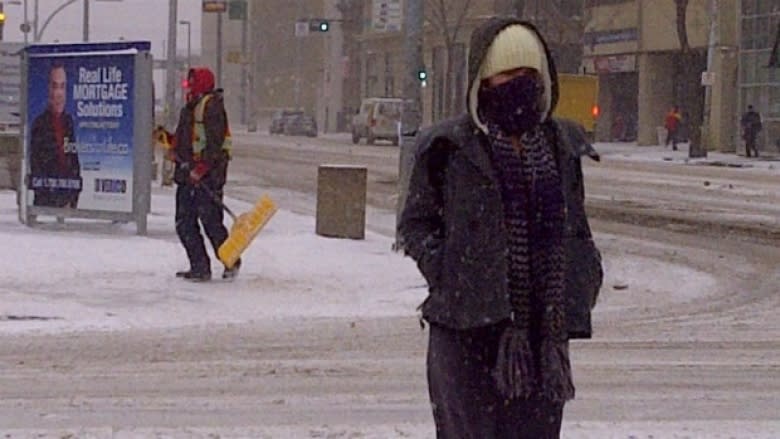Iceland has heated sidewalks, why not Edmonton?

Should Edmonton be looking at heating downtown sidewalks and streets to clear them of ice and snow in the winter?
The idea is officially part of the city's winter strategy calling for pilot projects of heating sidewalks in downtown business zones, but nothing concrete has been done so far.
With major developments slated for Edmonton such as The Quarters, the Blatchford redevelopment, Boyle Renaissance area and the arena district, over the next few years, it's now an ideal time to seriously consider heating city sidewalks, said Coun. Ben Henderson.
"The information we got from Scandinavia was that there were huge health benefits to this particularly seniors who are scared of going outside," he said.
Henderson also suggested warming sidewalks around LRT stations "where there's a lot of pedestrian traffic, where the snow gets tramped down really quickly and its hard to deal with it in any other way."
Saskatoon, Sask., is considering including heated walkways in its downtown revitalization efforts.
Holland, Mich., which gets up to 250 centimetres of snow each year, has been pumping waste heat from its power plant under streets and sidewalks since redeveloping its downtown in 1998.
The volcanic island of Iceland uses geothermal heat to keep its streets, parking lots and sidewalks clear of snow.
"In many places of the world, people are plugging into the earth's crust for different degrees of heat," Eirikur Hjalmarsson, head of communications at Reykjavik Energy, told CBC Edmonton AM. "Here in Iceland we drill one kilometre down and we reach temperatures of 70 to 300 C."
That has reduced falling accidents, which are costly to the health system and reduced the need for snowplowing, he said.
While Edmonton is a long way from a volcano, Henderson believes there are ways to heat city streets from such sources as waste heat from nearby buildings.


